Explore the asteroids (3D Simulation): http://www.asterank.com/3d/
Research and publish the best content.
Get Started for FREE
Sign up with Facebook Sign up with X
I don't have a Facebook or a X account
Already have an account: Login

 Your new post is loading... Your new post is loading...
 Your new post is loading... Your new post is loading...
lauren west's comment,
September 9, 2013 7:11 PM
This article was about how male and females differ in naming colors. Females tend to have a lot more names for colors than men do. It also seems as if men like to name colors gross names(ie crap, mucus, baby vomit) and women seemed to give colors much more pleasant names (dusty teal, Barbie pink, peacock blue). This data shows that men tend to generalize colors more than women. It does not really give a reason for why this happens.
lauren west's comment,
September 9, 2013 7:15 PM
This article was a lot shorter that I expected it to be. I wish it had went into more detail and given a reason for why men and women differ. However, I did like the interactivness of it. Going through and reading the names of some of the colors was interesting.
Emma Gaines's comment,
April 27, 2017 9:49 PM
This article is about how males and females have different ways of naming different colors. Females tend to have a lot more colors on their spectrum and like to be more specific whereas a male would see any shade of read and just think red. Boys also tend to name colors more putrid names and girls tend to name them softer more pleasant names. I liked this article very much I thought it was extremely interesting and I never thought about it before but now I realize how true it really is
|
|





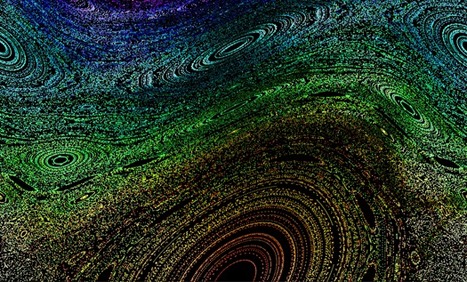
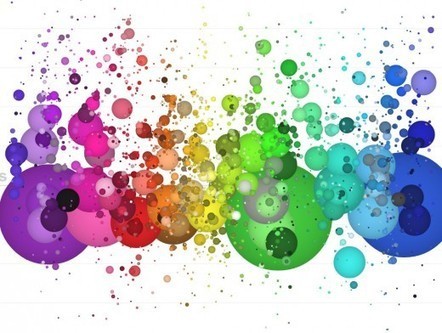
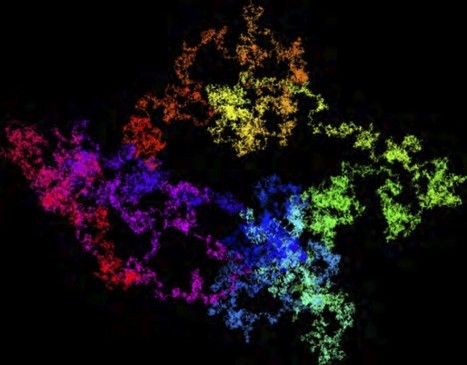
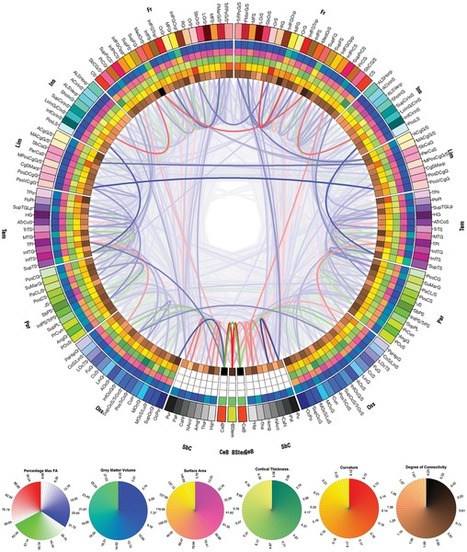

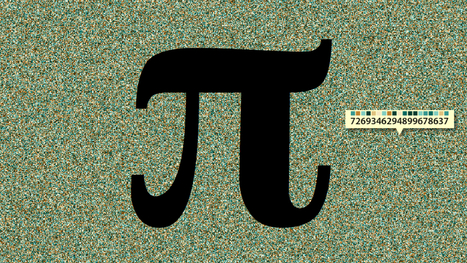

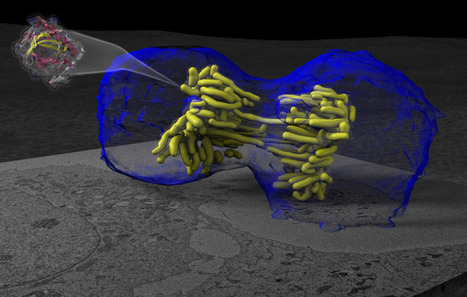




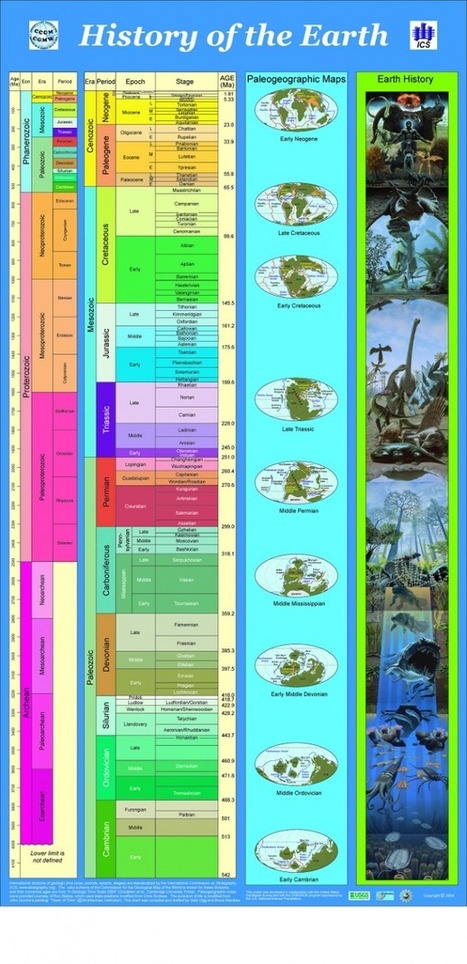





Those big chunks of bare rock hurtling around the asteroid belt? They might be worth something. An interactive roadmap shows how to cash in.
http://www.popsci.com/science/article/2012-12/asterank-3d-visual-guide-getting-rich-space